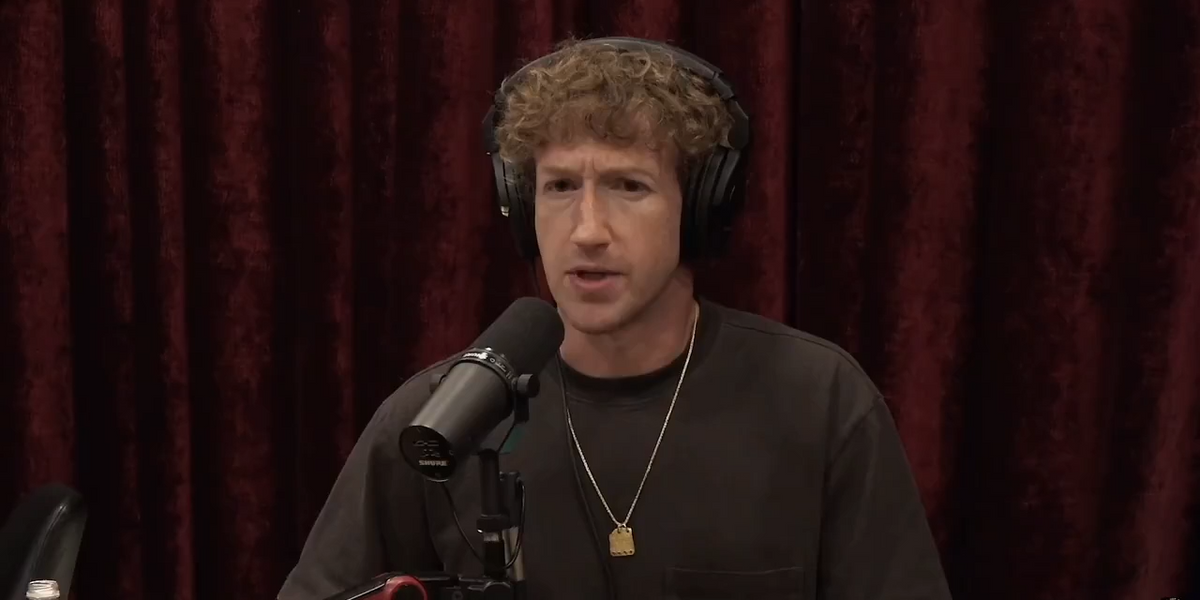The Israeli security cabinet has officially approved the long-awaited cease-fire deal with Hamas, putting a pause to the fighting in Gaza and allowing for the release of dozens of hostages held captive by the terrorist group for 15 months.
The 11 voting members of the security cabinet approved the deal with a simple majority vote, the Prime Minister’s Office said.
The full, 33-member Israeli cabinet will now meet to approve the agreement at 3:30 p.m. local (8:30 a.m. ET).
Prime Minister Benjamin Netanyahu’s security cabinet and the Israeli government accepted the peace agreement after negotiators with the Jewish state and Hamas signed off on the deal.
The approval was slightly delayed following what Israeli officials called a “last-minute crisis” Thursday involving government infighting and disagreements between Israel and Hamas over some of the plan’s details.
The cease-fire, which could happen in three phases, was first announced Wednesday by the US and Qatar, who oversaw the negotiations.
Phase one, which starts Sunday, is the most detailed and was said to include:
- Six-week halt to fighting and opening of negotiations to permanently end the conflict.
- Thirty-three of the roughly 100 hostages to be released.
- A withdrawal of Israeli forces from densely populated areas of Gaza, allowing Palestinians to return to their home.
- The freeing of hundreds of Palestinian prisoners currently held by Israel.
- Increase in humanitarian aid for the people of Gaza.
Two American hostages, Sagui Dekel-Chen and Keith Siegel, are expected to be released in the first phase of the ceasefire, US officials said.
Another American citizen, Edan Alexander, who is also an Israeli soldier, will be released at a later date.
Before the deal was approved, Netanyahu had claimed that Hamas was backtracking on an earlier understanding about the prisoner release in the ceasefire deal, according to the Associated Press.
The prime minister reportedly argued that Israel should have the ability to veto the release of certain Palestinian prisoners, of which they hold hundreds.
Netanyahu has also faced the wrath of some leaders in his coalition, including hard-line national security minister, Itamar Ben-Gvir, who threatened to pull out of the government if the deal went through.
Phase two of the agreement starts 16 days after the start of the cease-fire — and many details presented sticking points for both sides of the negotiation.
In this phase of the de-escalation, the deal calls for Israel to remove all forces from the Gaza Strip — something Israel is unwilling to agree to without assurances that Hamas’ military and political capabilities are fully destroyed.
Phase two also calls for the release of all remaining hostages, including soldiers — which was a sticking point for Hamas, who says they will not release all of the hostages until Israel removes its troops from Gaza.
Phase three calls for the release of the deceased prisoners currently held by each side and for a major reconstruction effort to be undertaken in Gaza.
The destructive conflict in Gaza was sparked when Hamas attacked Israel on Oct. 7, 2023, killing 1,200 people and taking 250 hostages back into the Palestinian enclave.
The only other pause in fighting – albeit brief – happened in November 2023 during a temporary cease-fire.
The new deal was quickly touted by both President Biden and President-elect Donald Trump on Wednesday.
Biden took exception when a reporter at his news conference Wednesday asked who deserves more credit for the deal – he or Trump.
“Is that a joke? Oh,” Biden said before turning around and walking off the world stage.
The lame-duck president told reporters that the cease-fire is comprised of the same framework the Biden administration proposed in May.
Multiple insiders and officials in Israel and the US told The Post that Trump’s impending inauguration — and the efforts of Middle East special envoy Steve Witkoff — pushed the deal over the goal line.
The once-and-future president took to Truth Social to celebrate the peace deal.
“This EPIC ceasefire agreement could have only happened as a result of our Historic Victory in November, as it signaled to the entire World that my Administration would seek Peace and negotiate deals to ensure the safety of all Americans, and our Allies,” Trump wrote.
With Post wires

 By New York Post (World News) | Created at 2025-01-17 13:20:06 | Updated at 2025-01-17 19:27:43
6 hours ago
By New York Post (World News) | Created at 2025-01-17 13:20:06 | Updated at 2025-01-17 19:27:43
6 hours ago






